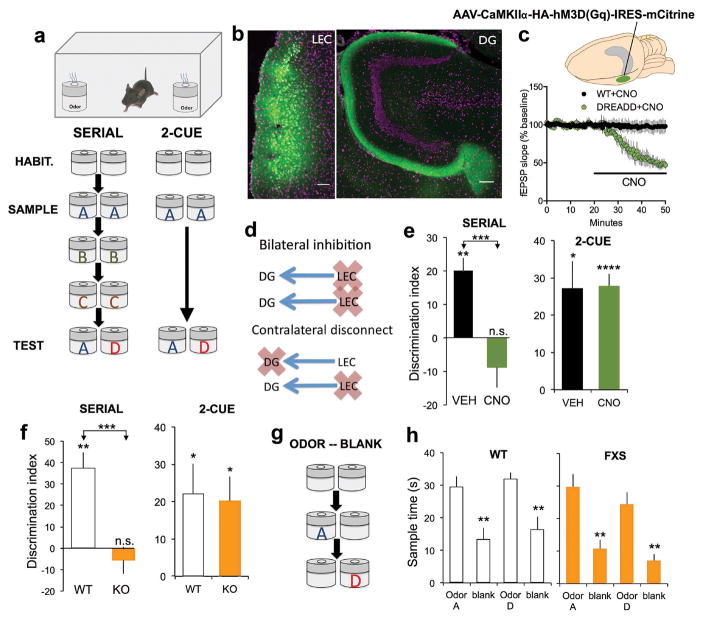Figure 3. Serial odor learning is dependent on the LPP and impaired in Fmr1-KOs.
(a) Behavioral paradigms. Serial: Mice were allowed to habituate (3 min) to the chamber with two identical containers, and then returned to the chamber containing containers scented with identical odor pairs (A:A, B:B, C:C) for 3 min trials spaced by 2 min; for the ‘test’ trial 5 min later mice were exposed to containers containing familiar odor‘A’ and novel odor (‘D’). 2 Cue: Mice were exposed to one odor pair (‘A:A’) then tested for sampling times when familiar ‘A’ was paired with novel odor ‘D’. The delay between “A:A” sampling and ‘A’ vs. ‘D’ testing was the same as in the serial protocol. (b) An AAV-Gi-DREADD was injected into lateral entorhinal cortex (LEC, left) resulting in dense mCitrine-labeling of LEC neurons and their LPP projections to the dentate gyrus (DG, right; bars=150 μm). (c) CNO infused into LPP Gi-DREADD hippocampal slices rapidly suppressed LPP fEPSPs (p=0.0008, n=4 ea). (d) Gi-DREADD protocols: bilateral LEC transfection (‘bilateral inhibition’) or unilateral LEC and contralateral DG transfection (‘contralateral disconnect’). (e) Left: LEC-Gi-DREADD mice were tested in the Serial paradigm after vehicle (VEH) or CNO treatment: VEH-mice spent 61.5 ± 12% more time sampling the novel than the familiar odor (**p<0.002, n=20); this bias was absent in CNO-mice ; ‘n.s.’, p=0.45, n=18; ***p=0.0002). Right. Both groups recognized the novel odor in the 2-cue paradigm (*p=0.014, ****p=0.00003, paired). (f) WT mice (n=10) learned (preferred novel odor) the serial task whereas KOs (n=11) did not (***p=0.0004). Right. WTs (n=12) and KOs (n=16) both learned the 2-cue test (*p<0.05). (g) Protocol for sample odor vs blank container comparison with timing as in the Serial task. (h) Both WTs (n=8) and Fmr1-KOs (n=5) spent more time sampling odors than blank containers (**p<0.01, paired; no effect of genotype, 2-way ANOVA: interaction p=0.50; groups p=0.20). t-tests (c,e,f).

